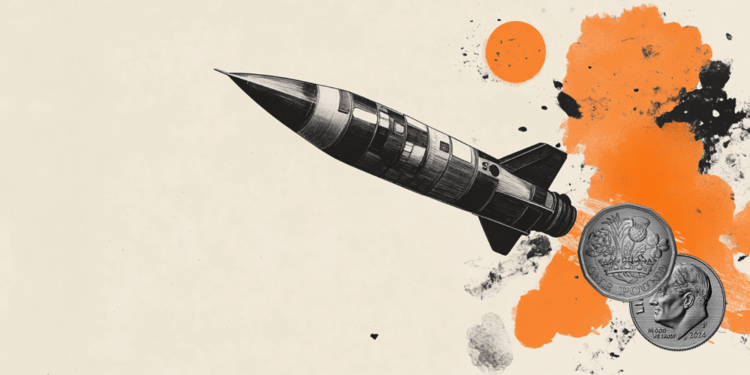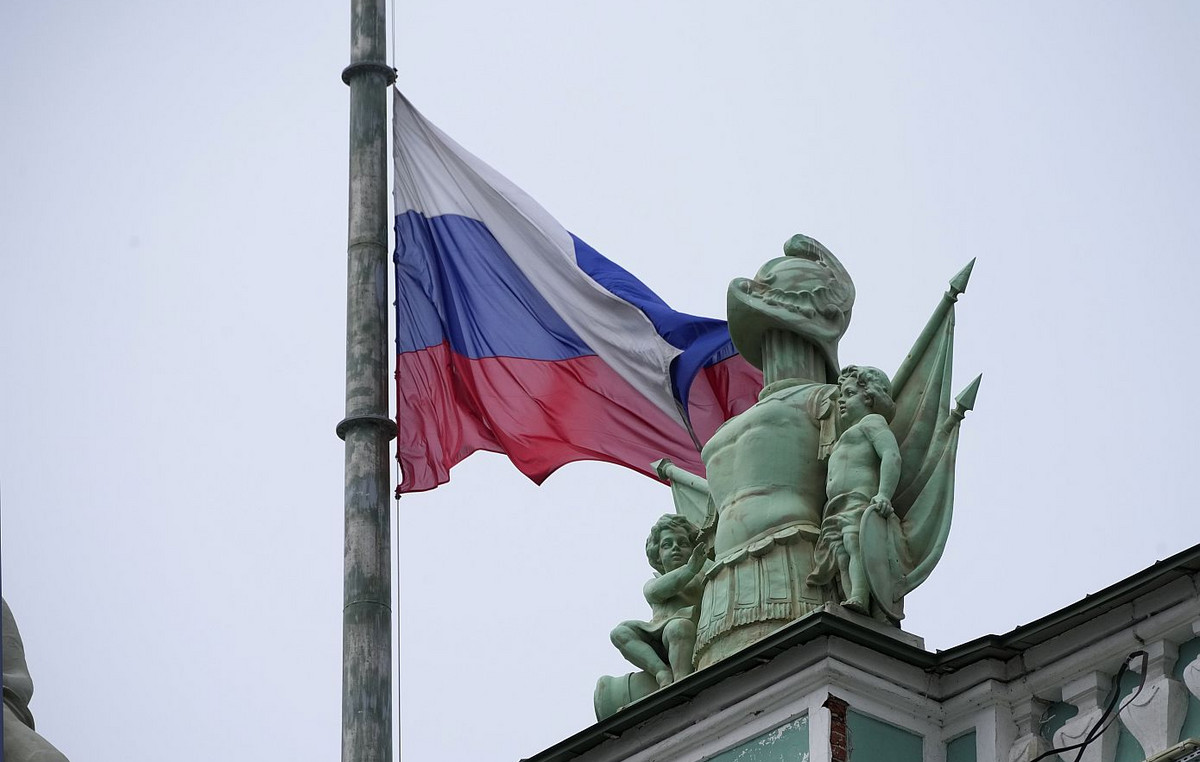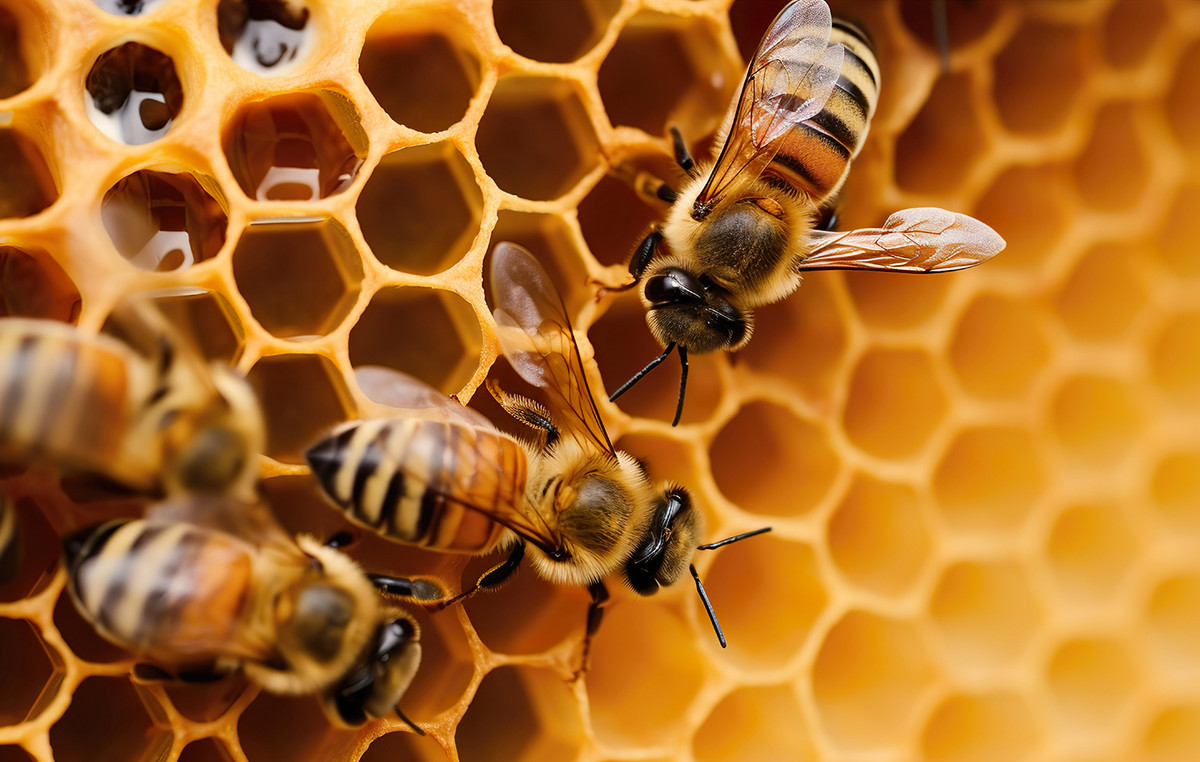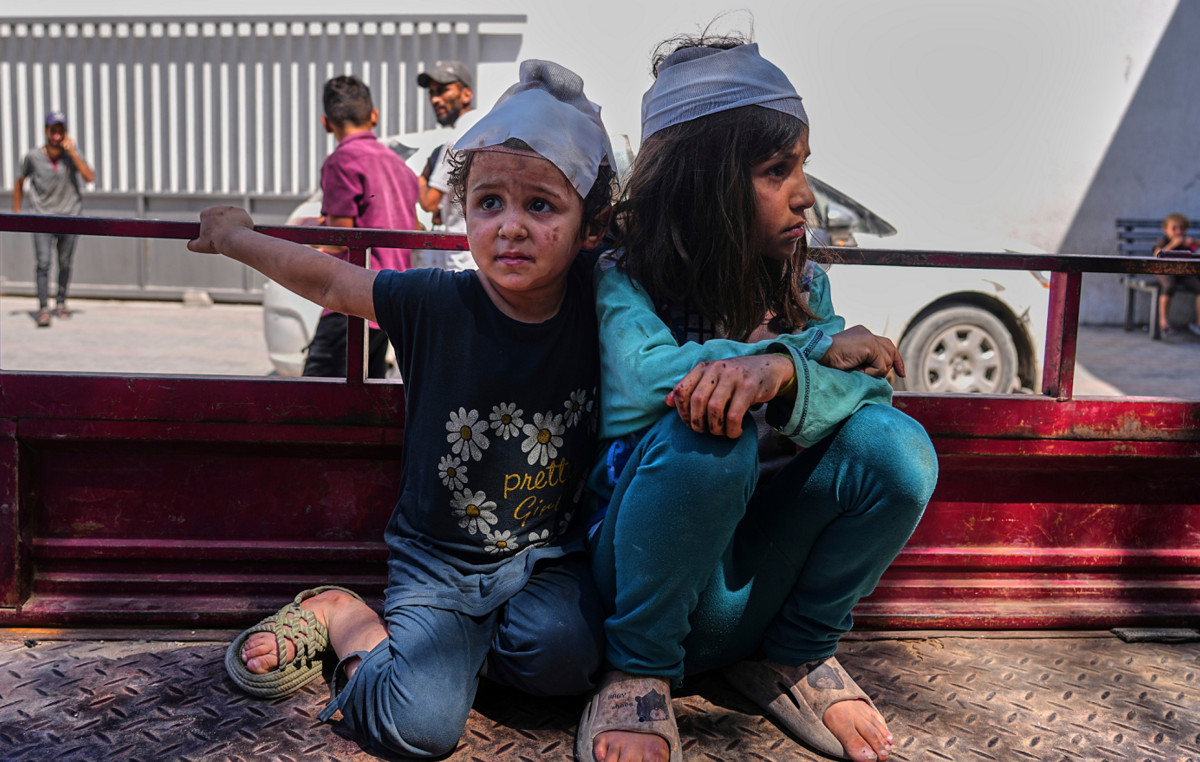The war between Russia and Ukraine could lead up to 49 million people to starvation or similar conditions because of its devastating impact on global food supply and prices, the United Nations (UN) said in the latest serious warning about the outbreak. world food insecurity.
With its fertile soil and extensive farmland, Ukraine has been described as one of the world’s breadbaskets. But Russia’s attack has put enormous pressure on the country’s food production and exports. The effects are being felt around the world.
The Russian blockade of Ukrainian ports has already pushed up global food prices and threatens to cause catastrophic food shortages in parts of the world, the UN said.
“For people around the world, the war, along with other crises, threatens to unleash an unprecedented wave of hunger and misery, leaving social and economic chaos in its wake,” said UN Secretary-General António Guterres. on Wednesday (8).
What’s happening?
The Russian invasion affected Ukraine’s entire food production and supply chain: from sowing to harvesting and exporting.
The Food and Agriculture Organization of the United Nations (FAO) estimates that between 20% and 30% of Ukraine’s farmland will remain unplanted or unharvested this year because of the war.
This is in part because large swaths of Ukraine’s farmland – about half of the area planted with winter wheat and about 40% of the area planted with rye – were under Russian occupation in March, disrupting the sowing season.
But the war is also causing a shortage of workers, because of the large number of people who have fled their homes or become involved in the voluntary units of Ukraine’s armed forces.
International sanctions imposed on Russia for its invasion of Ukraine have also had an impact on global supplies of fuel, fertilizers and agricultural products.
And the grain already harvested?
Ukrainian officials and some international officials have accused Russia of stealing grain and other commodities from the country in areas it occupies.
Denys Marchuk, deputy chairman of the Public Union of the Agrarian Council of Ukraine, said in a statement on Wednesday that Russia “stole around 600,000 tons of grain” from Ukrainian farmers.
Marchuk said the food was stolen from occupied regions of southern Ukraine and then transported to ports in Russian-occupied Crimea, from where it is then taken to the Middle East.

The Kremlin has denied the allegations, calling them “fake news”. However, on Wednesday, the leader of the Moscow-backed military administration for the Zaporizhzhia region of southern Ukraine bragged about train cars full of Ukrainian grain departing the Russian-occupied city of Melitopol for Crimea.
On Solovyov, an online video platform, Yevhen Balytskyi made it clear that the plan is to further increase these exports. “It can be predicted that in the near future these deliveries will be increased by hundreds of times,” he said.
Satellite photos of the Crimean port of Sevastopol, provided by Maxar Technologies last month, appeared to show Russian ships being loaded with Ukrainian grain. Another set of satellite images revealed that one of the ships arrived in the Syrian port of Latakia last month, its second voyage in four weeks.
In normal times, Ukraine would export about three-quarters of the grain it produces. According to data from the European Commission, about 90% of these exports are made by sea, from Ukrainian Black Sea ports.
Russia is currently blocking maritime access to ports in the region. which means that even grain that is still under Ukrainian control cannot be exported to the many countries that depend on it.
Ukraine has tried to increase its rail grain exports to compensate, but this is proving challenging because of logistical issues. For example, trains in Ukraine run on slightly wider tracks than those in most of Europe, which means grain has to be moved from one set of railcars to another at the border.
Why is Russia doing this?
Accusations that Russia is using food as a weapon of war have been mounting since the first reports emerged in March that grain was stolen by Russian troops.
European Commission chief Ursula von der Leyen said on Wednesday that the food had become part of the Kremlin’s “arsenal of terror”. “This is a cold, callous and calculated siege by Putin on some of the most vulnerable countries and people in the world… Food has now become part of the Kremlin’s arsenal of terror,” she said.

The idea of using food shortages to arouse fear has particularly grim connotations in Ukraine because of its deep institutional memory of a deadly famine of 1932-1933.
Known as the Holodomor, or Famine of Terror, it was artificially engineered by Soviet leader Joseph Stalin, who removed food stocks from Ukrainian peasants, leading to the deaths of millions of people.
Under Ukrainian law, the Holodomor is considered an act of genocide, intended to force Ukrainians into submission and impede efforts to build an independent Ukrainian state.
Children learn about it at school and the country maintains a minute of silence during the annual Holodomor Remembrance Day. There are memorials across the country and a large museum dedicated to the era and its victims in Kiev.
What does this mean for the world?
The crisis in Ukraine is having a knock-on effect across the world, because both Ukraine and Russia are major food exporters. Global food prices have increased by 17% since January, according to FAO. Cereal prices rose by more than 21%.
The importance of Russia and Ukraine to the global food supply cannot be underestimated. Nearly a third of the world’s wheat exports and 60% of the world’s sunflower oil exports came from the two countries last year.
Of every 100 calories of food sold worldwide, 12 come from Russia and Ukraine, according to the International Food Policy Research Institute.

Ukrainian President Volodymyr Zelensky has warned that millions of people around the world could starve if Russia does not allow Ukraine to export grain from its ports.
“We cannot export our wheat, corn, vegetable oil and other products that have played a stabilizing role in the global market. This means that, unfortunately, dozens of countries could face physical food shortages. Millions of people could go hungry,” he said.
A new report by the FAO and the United Nations World Food Program (WFP) released this week warned that the war in Ukraine could push up to 47 million people into “acute food insecurity”, raising the total number of people at risk of insecurity. serious food for 323 million.
According to FAO data, some of the most vulnerable countries in the world are among the most dependent on imports from Ukraine. Lebanon, Tunisia, Somalia and Libya depend on Ukraine for at least half of their wheat imports.
The UN program to combat food insecurity buys about half of its wheat from Ukraine each year.
What is being done?
International leaders are pulling diplomatic strings as they try to pressure Moscow into a deal that would unlock exports. UN officials have drawn up a plan to remove grain from the Ukrainian port of Odessa across the Black Sea, with Turkey acting as guarantor of the deal.
The Turkish government said it was open to negotiating a deal with Russia and Turkish Foreign Minister Mevlut Cavusoglu met with his Russian counterpart Sergey Lavrov in Ankara on Wednesday to discuss the issue.
While no deal came out of the talks, Cavusoglu said “there are several ideas” on how to establish an open corridor for Ukraine’s grain exports and that a UN plan is “reasonable and can be implemented” but requires further negotiations.
Kremlin spokesman Dmitry Peskov said on Thursday that no agreement had been reached on Ukrainian grain exports to Turkey or the Middle East, but work was under way.
The Kremlin has previously rejected accusations that Russia is obstructing Ukraine’s grain exports and instead blamed the West and Kiev.
Source: CNN Brasil
I’m Susan Karen, a professional writer and editor at World Stock Market. I specialize in Entertainment news, writing stories that keep readers informed on all the latest developments in the industry. With over five years of experience in creating engaging content and copywriting for various media outlets, I have grown to become an invaluable asset to any team.







